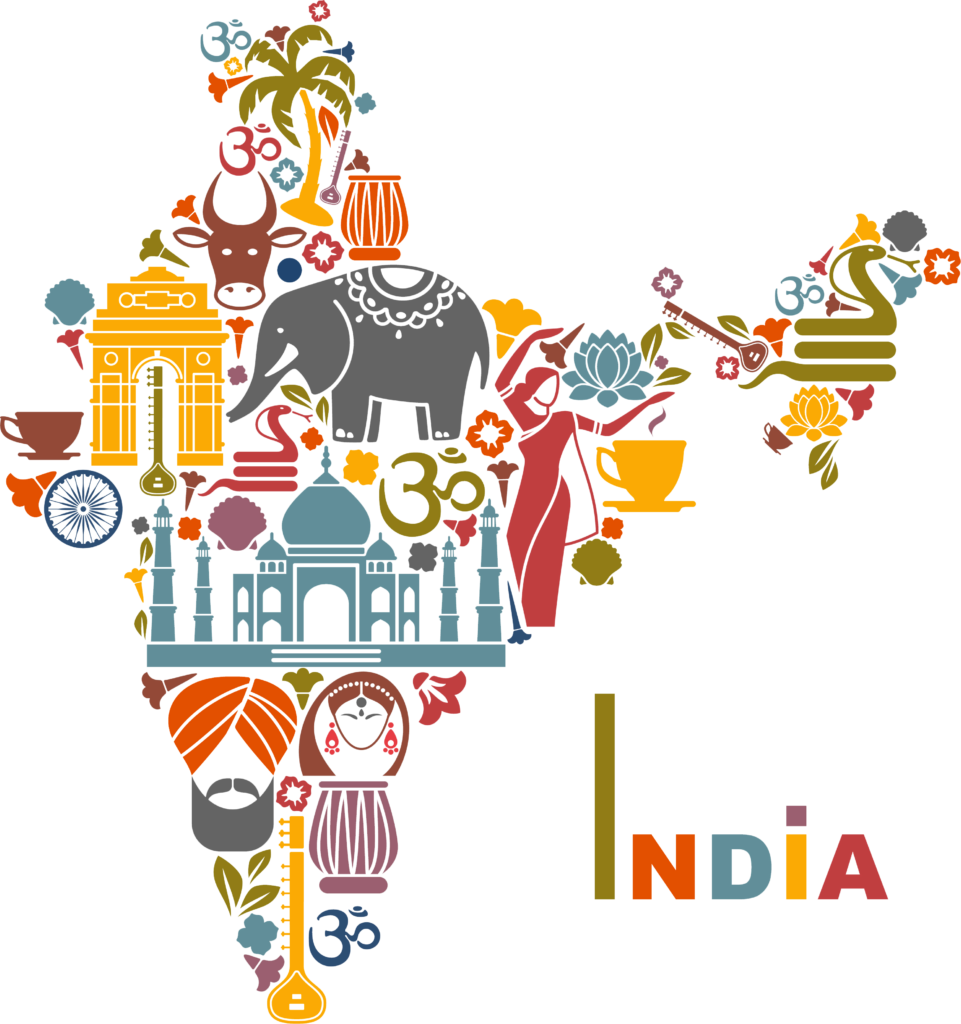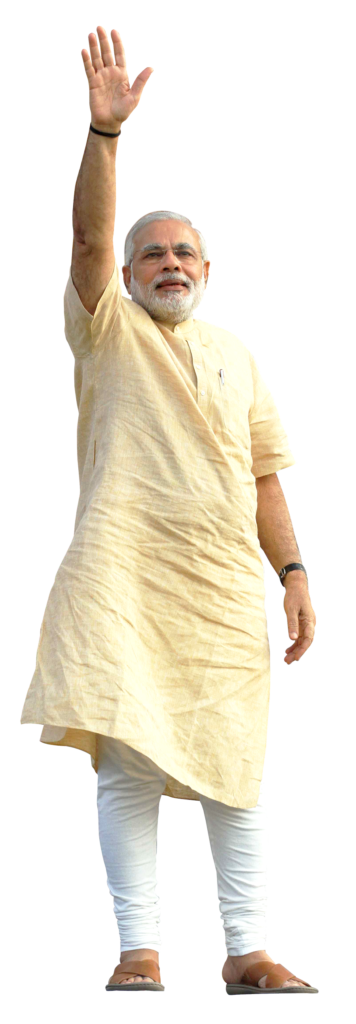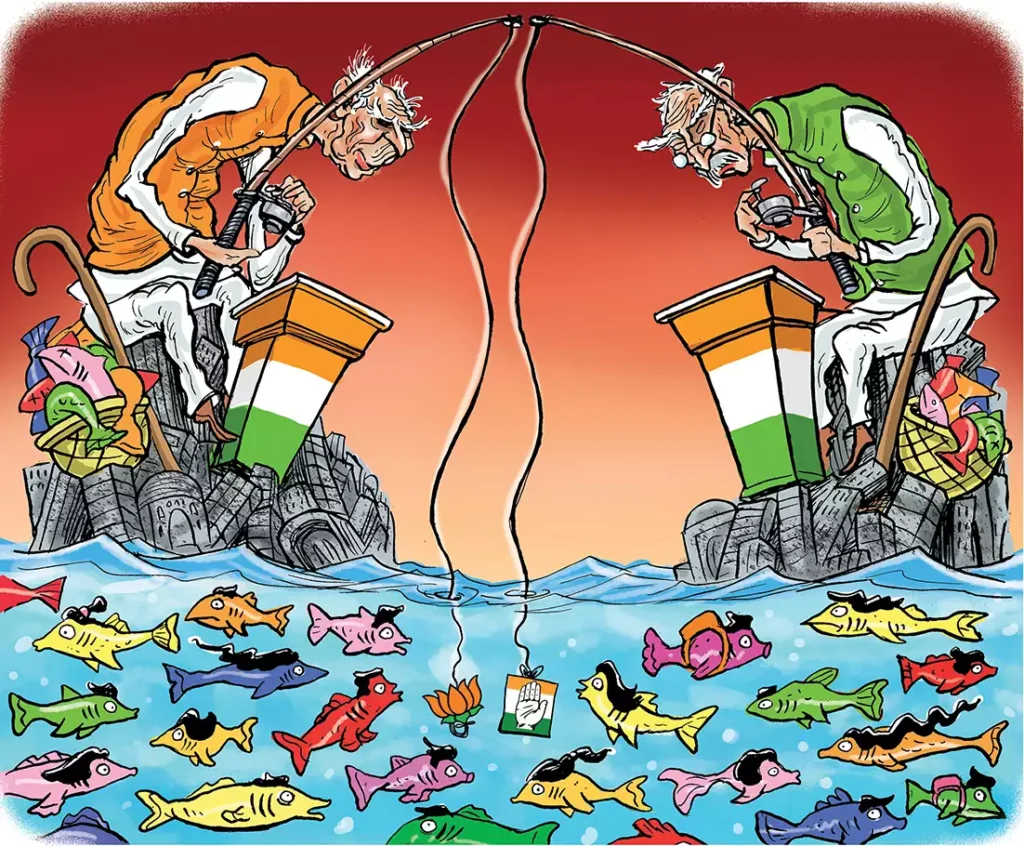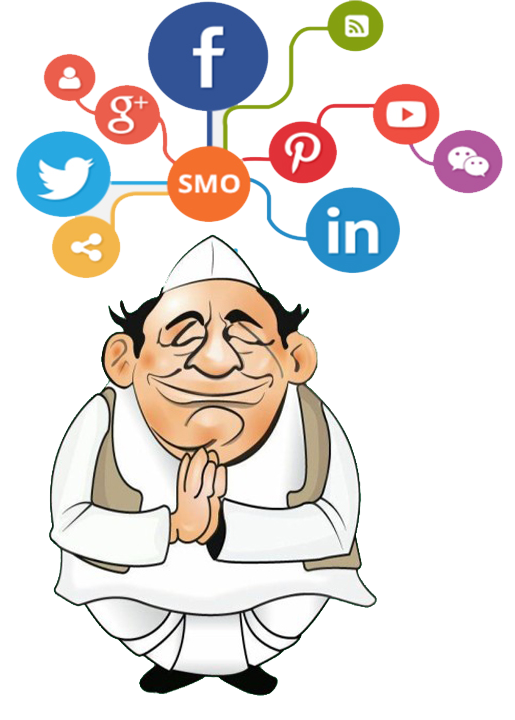
KingMaker
Best Political
Campaign Design
Designing a political campaign in India requires a deep understanding of the country's diverse demographic of voters and their needs, aspirations, and political preferences. India is a multi-ethnic, multi-lingual, and multi-religious society with a population of over 1.3 billion people, making it one of the world's largest democracies. Therefore, any political campaign design should consider the following demographic factors:

-
Age: India has a large youth population, with around 50% of its citizens under the age of 25. Therefore, any political campaign design should focus on issues that matter to young voters, such as employment, education, and technology.
-
Gender: India has a gender gap, and any political campaign design should take into account the concerns of women voters. Women's safety, empowerment, and access to healthcare are key issues for them.
-
Religion: India is a secular country, but religion plays a significant role in its politics. Political campaigns should take into account the religious affiliations of voters and address their concerns related to their faith.
-
Income: India has a wide income gap, and any political campaign design should take into account the needs and aspirations of people across different income groups. This could include issues such as poverty, access to healthcare, and employment opportunities.
-
Education: Education is a critical issue for voters in India. Political campaigns should address the concerns of students and their families regarding access to quality education, skills development, and job opportunities.
-
Education: Education is a critical issue for voters in India. Political campaigns should address the concerns of students and their families regarding access to quality education, skills development, and job opportunities.
Based on these demographic factors, a political campaign design in India could include the following elements:

- A strong message that resonates with the needs and aspirations of voters, particularly young people and women.
- A clear plan for job creation, economic growth, and development, particularly in rural areas.
- A focus on improving education and healthcare infrastructure across the country.
- A commitment to reducing corruption and ensuring good governance at all levels.
- An appeal to national pride and unity, highlighting the importance of working together to build a better future for all Indians.
- Engaging with voters through social media and other digital platforms, which are increasingly popular among young people in India.
- Targeted outreach programs for different demographic groups, including women, farmers, and minority communities.
- Building alliances with local leaders and political parties to increase support and expand the campaign’s reach.
Training
Trainging Of Political Team

Training a political campaign team or political volunteers to win an election in India requires a combination of knowledge, skills, and strategy. Here are some steps to consider:
Develop a clear message: The first step in any political campaign is to develop a clear and concise message that resonates with voters. This message should be based on the issues that matter to voters and should differentiate your candidate from the competition.
Personalized Coaching: Our expert coaches work one-on-one with leaders to identify strengths, overcome weaknesses, and refine delivery, tone, and body language.
Rigorous Practice Sessions: Through mock speeches, recordings, and structured feedback loops, we ensure participants become comfortable and confident speakers.
Audience-Centric Messaging: We train politicians to understand their audience deeply—whether farmers, youth, or professionals—and to adapt speeches with language, examples, and stories that resonate.
Authentic Storytelling: Leaders learn how to speak from the heart, project genuineness, and build strong emotional connections with their audience.
Preparation & Strategy: We provide structured methods to craft speeches, prepare facts and figures, and anticipate audience questions to boost credibility.
Impactful Visual Communication: Training includes using PowerPoint, videos, props, and other tools to make speeches engaging and memorable.
Continuous Improvement: After every session or live speech, we offer structured feedback and evaluation to track progress and polish communication skills further.
By following these steps, you can help your political campaign team or volunteers effectively reach out to voters and win an election in India.

KingMaker
Public speaking
Public speaking is an essential skill for anyone who wants to become a successful politician in India or anywhere else. Here is the path that we follow for training you to become a politician in India:
Join a public speaking club: There are several public speaking clubs in India such as Toastmasters International, which offer a supportive and constructive environment to practice and improve your public speaking skills.
Hire a coach: A public speaking coach can help you identify your strengths and weaknesses, and work with you to improve your delivery, body language, and other aspects of public speaking. Practice, practice, practice: The more you practice, the more comfortable and confident you will become in public speaking. You can practice by giving speeches to small groups, recording yourself and watching the playback, and seeking feedback from others.
Know your audience: It is important to understand your audience and tailor your speech to their needs and interests. For example, if you are speaking to a group of farmers, you might want to focus on agricultural issues and use language and examples that resonate with them.
Be authentic: It is important to be yourself and speak from the heart. Your audience will be more likely to connect with you if they sense that you are genuine and passionate about your message.
Be prepared: It is essential to prepare your speech in advance and rehearse it several times. Make sure you have all the necessary facts and figures, and be ready to answer questions and respond to objections.
Use visual aids: Visual aids such as PowerPoint presentations, videos, and props can help you engage your audience and make your speech more memorable. Seek feedback: After giving a speech, ask for feedback from others. This can help you identify areas for improvement and refine your public speaking skills over time.
By following these tips and suggestions, you can develop your public speaking skills and become a more effective and persuasive politician in India.

Video
Best Political
Survey

KingMaker Political Survey & Opinion Research Services
At KingMaker, we provide end-to-end solutions for political surveys, opinion polls, exit polls, and voter studies—designed to deliver deep, actionable insights that help leaders and parties make informed decisions. Our research is conducted with utmost professionalism, ethical integrity, and adherence to Indian legal guidelines.
Our Process
Scientific Questionnaire Design: Our research team develops clear, unbiased, and relevant survey questions. Every questionnaire undergoes pre-testing to ensure clarity, neutrality, and accuracy in capturing voter opinions.
Multi-Mode Data Collection: Depending on the geography and demographics, we conduct surveys via face-to-face interviews, telephonic calls, or digital/online platforms. We use a blended approach when needed to ensure inclusivity and reach.
Representative Sampling: Using random and stratified sampling techniques, we create a scientifically representative sample of the target population. This ensures our results reflect the true mood of the voters.
Professional Fieldwork Execution: Our trained field teams conduct surveys in a neutral, non-intimidating environment to encourage honest responses. We maintain strict quality control to ensure data reliability.
Data Analysis & Insights: Collected data is cleaned, processed, and analyzed using robust statistical methods. We identify patterns, voter trends, and key issues shaping public opinion.
Action-Oriented Reporting: We present findings through easy-to-read reports, visual dashboards, and constituency heatmaps. Our insights are practical, unbiased, and designed to support campaign strategy and decision-making.
It’s important to note that political surveys, exit polls, opinion polls, and voter surveys can be controversial in India, especially during election periods. We are mindful of the ethical and legal considerations around conducting such surveys and adhere to the relevant regulations and guidelines.

Content Creation
Best Political
At King Makers, we specialize in creating high-impact political content that engages voters, drives conversations, and builds momentum for your campaign. In today’s fast-paced digital world, viral content can win elections and we make it happen for you.

What We Do:
Content Calendar Planning: We design a strategic posting calendar to ensure your campaign has consistent, timely, and impactful visibility across all platforms.
Audience-Centric Content: Our team researches your voter base deeply and creates content that resonates with their aspirations, emotions, and local issues.
High-Quality Visuals: We produce engaging videos, motion graphics, memes, reels, and infographics to capture attention instantly.
Engaging Captions & Hashtags: We craft short, powerful, and viral-friendly copywriting along with trending hashtags to maximize reach and interaction.
Performance Monitoring: Using advanced analytics, we track what’s working, refine strategies in real-time, and ensure every post is optimized for engagement.

Paid Promotion Services:
We also design and manage paid campaigns across Facebook, Instagram, X (Twitter), and WhatsApp, ensuring your message reaches the right people at the right time.
Objective Setting: Whether your goal is visibility, voter mobilization, or reputation building—we align campaigns with your political goals.
- Smart Targeting: We use advanced demographic, interest, and behavioral filters to reach your ideal voter segments
- Set your budget: Determine how much you want to spend on your campaign and set a daily or lifetime budget.
- Ad Creation: From persuasive scripts to catchy visuals, we create ads that voters remember and act upon.
- Budget Optimization: Every rupee is strategically invested for maximum ROI—whether daily campaigns or long-term spends.
- Placement Strategy: We select the best platforms and ad formats (newsfeed, stories, reels, statuses) for maximum impact.
- Campaign Monitoring: Continuous performance tracking, A/B testing, and live adjustments to guarantee results.
✅ With King Makers, your political content doesn’t just get noticed—it goes viral, influences opinions, and wins votes.

KingMaker
Social Media Management (S.M.M.) by King Makers
At King Makers, we specialize in strategic social media management to ensure your message doesn’t just reach the audience—it engages, inspires, and mobilizes voters. Our team crafts and broadcasts content across Facebook, Instagram, WhatsApp, and Twitter, following a set of proven rules to maximize political impact:

Strategic Broadcasting: We design customized campaigns that spread your message quickly across platforms, creating momentum around your political brand.
Visual Storytelling: Graphics, videos, and real-life narratives highlight the impact of policies, showcase your work, and connect with people emotionally.
Shareability First: Every piece of content is designed to be easily shareable, turning supporters into amplifiers of your voice.
Humor & Relatability: We know how to break barriers—by making your content engaging, relatable, and conversation-worthy.
Audience Insight: Our campaigns are built around voter demographics, interests, issues, and cultural nuances of each region for maximum local resonance.
Bite-Sized Impact: We keep messages short, sharp, and simple, ensuring they fit the fast-paced attention span of digital audiences.
Political Reels: Leveraging trending formats on Instagram and Facebook, we produce high-impact political reels—short, energetic videos that showcase your personality, values, and political vision with music, captions, and creative edits.
Voter Engagement Content: From “how-to-vote” explainers to issue-based infographics, our content doesn’t just inform—it activates voters to participate, register, and spread awareness.
With King Makers’ Social Media Management, your online presence becomes a 24/7 campaign engine—building your brand, mobilizing supporters, and making your message go viral.


Political
Event Management
At King Makers, we specialize in designing and executing large-scale political rallies that leave a lasting impact on voters. From concept to execution, our event management ensures flawless organization, seamless coordination, and maximum reach.

Our Rally Management Process
Logistics & Planning: We identify the right date, venue, and time based on political strategy and expected turnout. Our team ensures arrangements for seating, stage, sound, lighting, parking, and essential amenities like food and water stations.
Permissions & Compliance: We handle all necessary approvals and permits from local authorities, including police, civic bodies, and fire departments, ensuring your rally is legally secure and hassle-free.
Resource Mobilization: From high-quality sound systems to professional staging, lighting, and display setups, we provide everything needed to create a powerful rally experience.
Publicity & Promotion: Our creative team designs posters, banners, flyers, and digital campaigns. We leverage social media, WhatsApp networks, and local outreach to maximize turnout and visibility.
Volunteer Training: Our trained volunteers manage crowd flow, distribute campaign material, and support security arrangements to keep the event smooth and engaging.
Safety & Security:
We prioritize security through crowd management, CCTV, metal detectors, and police coordination, ensuring a safe environment for leaders and supporters.

